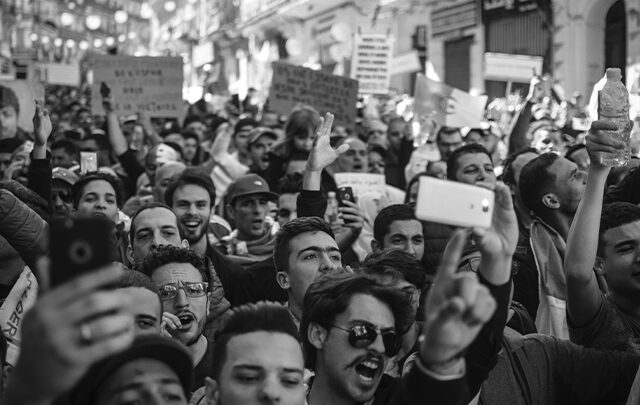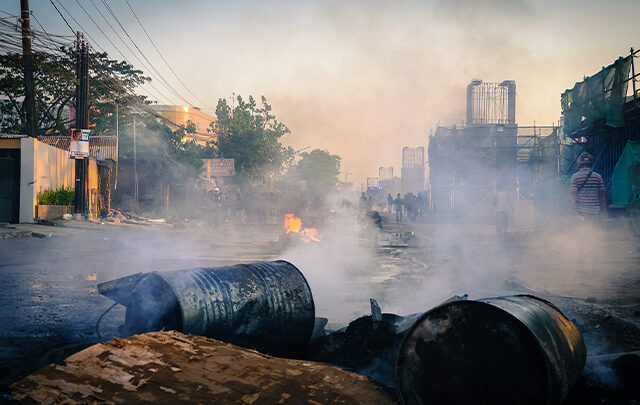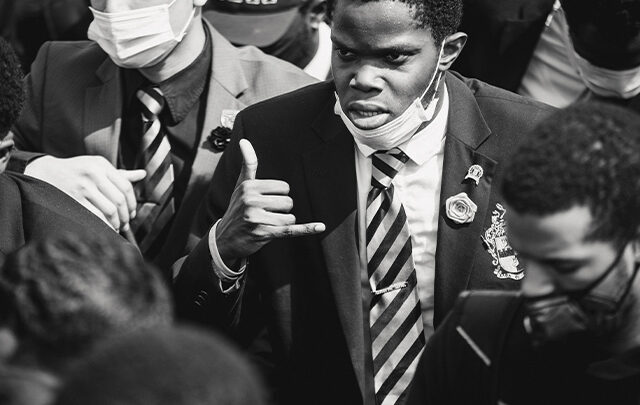America, like France, experienced an economic and demographic boom in the 1960s. But young people, who often lived much better than their parents, were uncomfortable in a conservative post-war society in which stability was seen as a core value.
Events at Columbia University in New York took place in revolutionary 1968 almost simultaneously with the French. In 1967, students discovered that Columbia University was collaborating with the Institute for Defense Analyses (IDA), a research center under the Defense Department, involved in the unpopular Vietnam War in progressive circles. Another reason was the university administration’s plans to build a gymnasium for students on a park in nearby Harlem.
Protests on campus (which included activists from the “new left” organization Students for a Democratic Society, SDS) began in March. In late April, activists seized one of the university buildings – Hamilton Hall, where the classrooms and administration offices are located. The protesters did not fail to take a photo in the chancellor’s office: one of them was sitting at his desk wearing dark glasses and carrying a cigar [1]. At the end of the month, the university administration, after unsuccessful negotiations, let the police onto its territory, which stormed the buildings, more than 700 people were arrested. The protests and occupation of the buildings repeated in May and again were suppressed by the police, this time over 150 people were arrested.
The protests ended up achieving both the students’ goals – the plans to build a gym in Harlem, as well as the cooperation with IDA, were abandoned by the university administration. In addition, the protests showed Columbia and other university administrations that they do not live in an airless space and should listen to students.
The events at Columbia University were not the only student protests in the United States in the 1960s. In the same decade, large-scale actions took place in Berkeley, California, with participants demanding rights for blacks and opposing the Vietnam War: young people were also threatened by the possibility of the draft. As early as 1964, 1,500 students seized one of the university buildings. And in 1965, they held an anti-war march of 10,000 people in Oakland, one of the first major actions against the Vietnam War.
Tragic events occurred in 1970 in Kent, Ohio. On May 4, students staged a peaceful strike against the Vietnam War and the U.S. invasion of Cambodia. The National Guard arrived on the scene and opened fire on the demonstrators, killing 4 people and wounding 9 others.
“The massacre at the University of Kent (as the media dubbed it, which is how the events have remained in history) did not frighten the students and only led to a new wave of protests.
In May there was a student strike in the U.S. that spanned more than 700 campuses across the country, with clashes with police at 26 of them. On May 9, 100,000 people marched against the Vietnam War.
As in other countries, students in the U.S. were an important part of the protests and actively advocated for democratic change in the country and against the Vietnam War (which did not end until 1975).




MOST COMMENTED
Forms of protests
Why would people go to protests?
Forms of protests
What is an internal protest?
Largest protests
Khaki ball: the loudest anti-war protests and actions.
Student protests
“The Events of June 4” in China, 1989
Student protests
“The Night of Tlatelolco” in Mexico, 1968
Student protests
Massacre at the University of Kent, 1970
Student protests
Battle of Valle Giulia, Italy, 1968